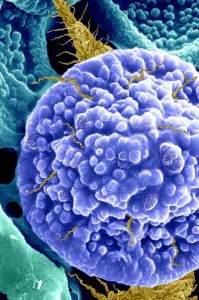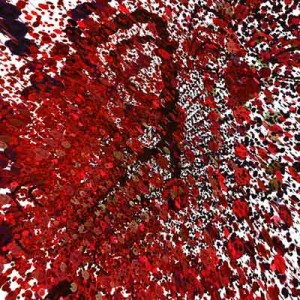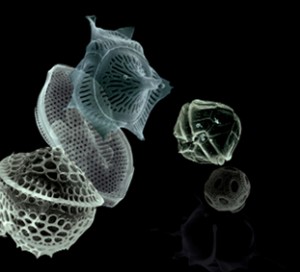Collaboration between the arts and sciences has the potential to create new knowledge, ideas and processes beneficial to both fields.
Artists and scientists approach creativity, exploration and research in different ways and from different perspectives; when working together they open up new ways of seeing, experiencing and interpreting the world around us.
For the past decade, ANAT has provided opportunities for artists and scientists to work together. Our most recent projects, delivered under the Synapse brand in partnership with the Australia Council for the Arts, include residencies, an online database and a moderated eList.
Residencies
Synapse residencies support intensive partnerships between media artists and science institutions in Australia and beyond. Congratulations to the most recent partners selected:
Kirsty Boyle (NSW) + the Artificial Intelligence Lab (Switzerland)
Kirsty will draw upon her extensive knowledge of Karakuri Ningyo (Japanese mechanical doll making) to develop girltron, a girl robot with a mechanical performance-based AI system. Girltron highlights the importance of fusing science with broader cultural and social concerns and recognises the role tradition plays in contemporary technology. Kirsty’s chief collaborator for the project will be AI specialist, Dr Lijin Aryananda.
Madeleine Flynn & Tim Humphrey (VIC) + the Garvan Institute of Medical Research (Australia)
Madeleine and Tim will work with Dr Shane Grey, head of the Gene Therapy and Autoimmunity Group, to investigate ways of sonifying information from new genetic analysis techniques that reveal the dynamics of cellular processes. The collaboration has the potential to advance the understanding of complex cellular patterns and networks, as well as providing unique opportunities for the artistic rendition of processes at the heart of human existence.
Tina Gonsalves (QLD) + Affective Computing Group, MIT (USA), Wellcome Trust Centre for Neuroimaging (UK) and Brighton & Sussex Medical School (UK)
Tina’s project, Chameleon, draws upon earlier work developed in partnership with Emeritus Professor Chris Frith, Wellcome Principal Research Fellow. Chameleon synthesizes neuroscientific and affective computing research to explore and provoke emotional processes by producing emotionally responsive audiovisual narratives. The work highlights awareness of our inner selves, as well as our innate tendency to synchronise and connect with others.
Greg Hooper (QLD) + Queensland Brain Institute (Australia)
Greg will be working with Professor Jason Mattingley, the QBI’s Foundation Chair of Cognitive Neuroscience, to explore the interaction between environment and brain dynamics. By using specific audio and visual environmental inputs, Greg will investigate whether the resulting brain dynamics can be used to generate works that in turn give rise to those same brain dynamics in a different listener/viewer. If successful, the project will develop a deeper understanding of the processes that allow art to have meaning.
To follow the progress of these and other ANAT residencies, visit the artists’ blogs at www.anat.org.au
Database and eList
The recently relaunched Synapse online database contains information on exhibitions, residencies, collaborative projects and publications and includes a gallery of work emanating from international art/science collaborations. If you are an artist, scientist, science educator, writer or someone who works for an organisation engaged in art/science practice, please submit your details for inclusion by visiting www.synapse.net.au.
Aligned to the Synapse database is a moderated eList that will go live in October 2007 with a discussion led by Oron Catts from SymbioticA (winners of the 2007 Golden Nica for Hybrid Art, Prix Ars Electronica). Covering areas as diverse as bioart, AI, robotics and spatiaility, each month-long discussion will be led by international experts and practitioners. To subscribe, visit www.synapse.net.au
 This work is licensed under a Creative Commons Attribution-NonCommercial-ShareAlike 2.5 Australia.
This work is licensed under a Creative Commons Attribution-NonCommercial-ShareAlike 2.5 Australia.









